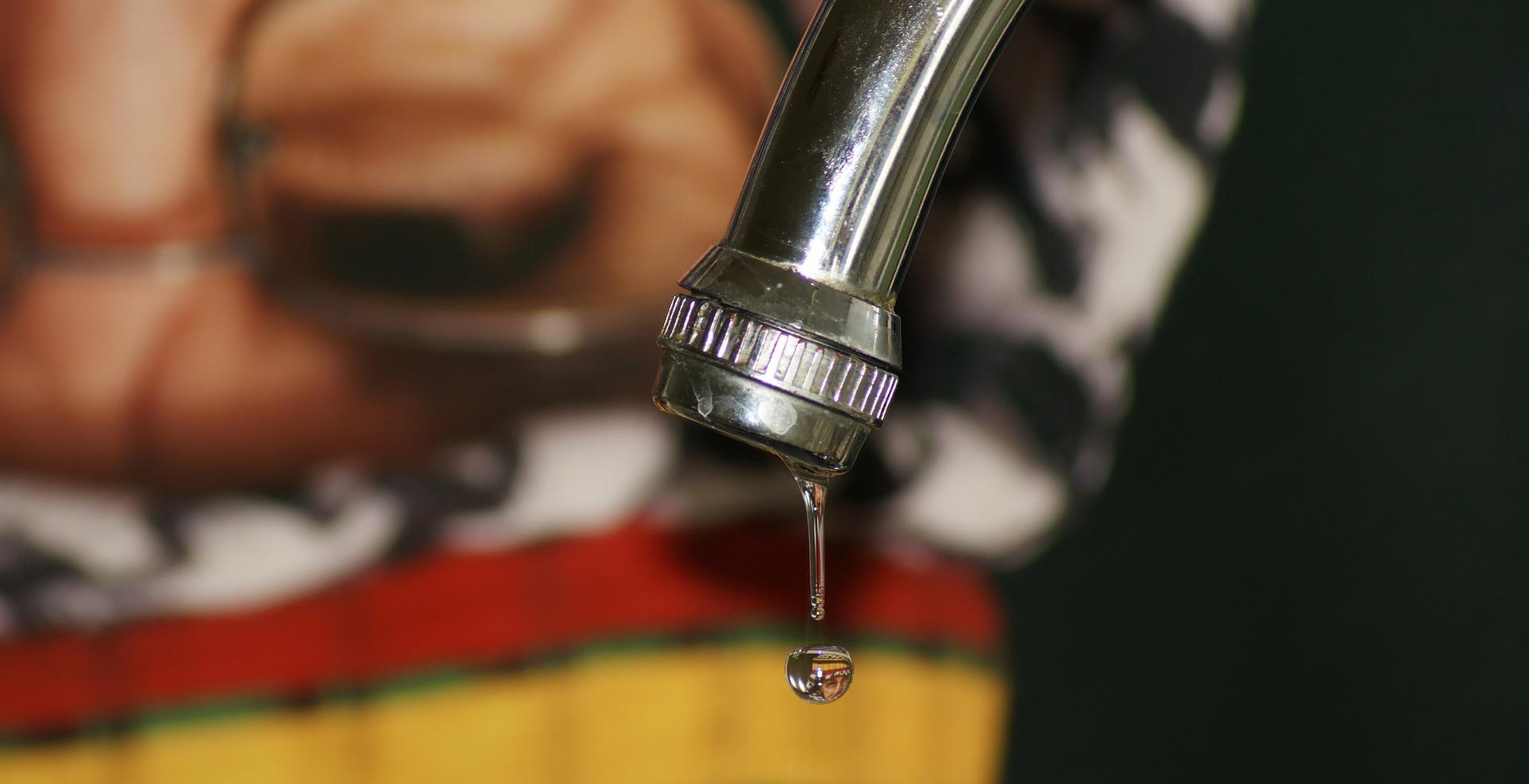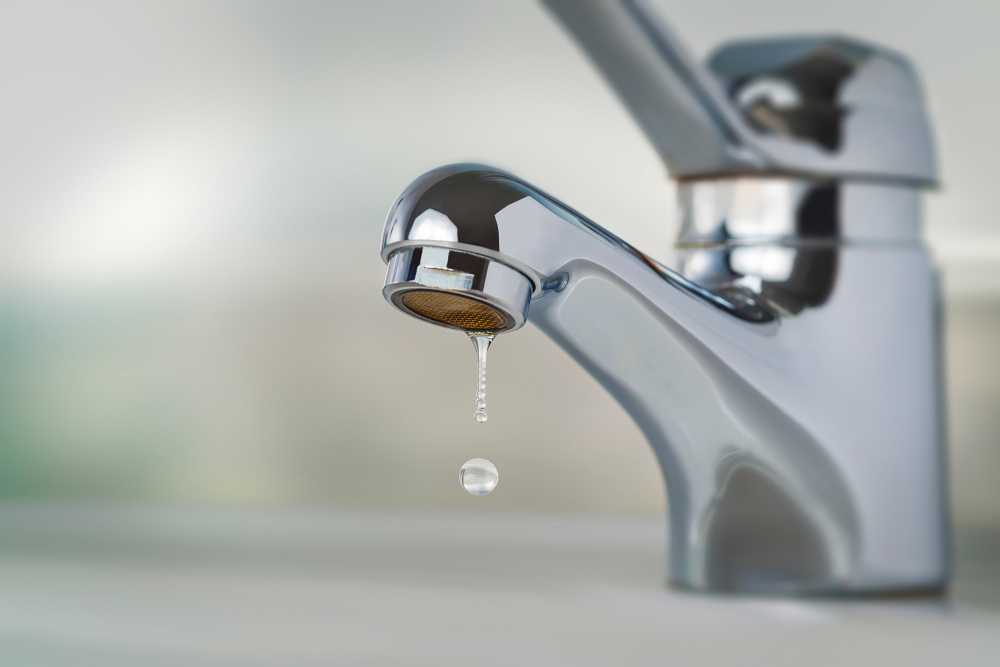Results of a Leaky Faucet
Results of a Leaky Faucet
Blog Article
Are you currently on the lookout for insight around Health Risks Posed by Leaking Faucets?

Intro
A leaky tap might appear like a minor nuisance, but its effects expand far past the periodic drip. Comprehending the results of a leaky tap is crucial for both homeowners and the environment. In this write-up, we'll discover the different effects of this common house problem and why addressing it promptly is important.
Causes of Leaky Faucets
Dripping faucets can arise from a range of factors, consisting of deterioration, high water stress, and rust. Over time, the continuous use of taps can lead to damaged seals and gaskets, causing leaks to create. Furthermore, excessive water pressure can place strain on plumbing fixtures, bring about leaks. Rust and corrosion can also deteriorate tap components, making them susceptible to leak.
Water Wastefulness
One of the most considerable effects of a leaky faucet is water wastefulness. Also a small drip can amount to gallons of drainage over time. This not just increases water costs yet likewise adds to water shortage and ecological degradation. Resolving leaking faucets without delay is vital for conserving this valuable source and decreasing its influence on the planet.
Financial Impact
In addition to wasting water, leaking taps can likewise have a substantial economic influence. Increased water bills are a straight effect of water wastefulness, setting you back home owners thousands of bucks every year. Additionally, the expense of repairing water damage brought on by leakages can be considerable, especially if left neglected for an extensive period.
Environmental Influence
The environmental influence of leaking taps prolongs past water waste. By conserving water, home owners can contribute to more comprehensive efforts to minimize water shortage and protect natural ecosystems. Lasting choices such as rainwater harvesting and water-efficient components can better decrease the ecological impact of house water usage.
Technological Solutions
Improvements in modern technology have resulted in the advancement of clever taps and water-saving devices that help reduce water waste. Smart faucets utilize sensing units to find activity and readjust water circulation as necessary, decreasing waste without compromising benefit. Water-saving devices such as aerators and low-flow showerheads are also effective in preserving water without endangering efficiency.
Worldwide Perspectives
While leaky taps may look like a local problem, they contribute to broader international obstacles such as water shortage and climate adjustment. In areas already facing water tension, every decrease counts, making leak prevention and fixing necessary. By adopting water-saving methods and buying sustainable innovations, homeowners can play their part in resolving these pressing worldwide problems.
Governing Actions
Government policies play a crucial role in reducing the effect of dripping taps and advertising water preservation. From building codes that require water-efficient fixtures to water-saving incentives and rebates, policymakers have a range of tools at their disposal. By executing and imposing these policies, governments can guarantee that property owners prioritize water preservation in their lives.
Community Impact
Resolving leaking faucets requires cumulative initiatives at the area degree. By increasing recognition about the relevance of water conservation and supplying sources for leak discovery and repair, regional authorities can equip home owners to take action. Initiatives such as water-saving discount programs and leakage detection projects can incentivize behavior adjustment and promote liable water usage.
Case Researches
Real-life examples of the impact of dripping faucets underscore the relevance of proactive maintenance and prompt fixings. From water damages to skyrocketing water expenses, the repercussions of overlooking leakages can be extreme. By sharing these study, homeowners can much better recognize the value of addressing dripping taps without delay.
Educational Campaigns
Educational projects play a vital function in raising awareness concerning the impacts of leaky taps and advertising water conservation techniques. With workshops, seminars, and on-line resources, homeowners can find out how to detect and fix leaks themselves. By equipping individuals with understanding and devices, instructional campaigns can cultivate a culture of accountable water use within communities.
Health and wellness Concerns
Leaking taps can create conducive atmospheres for mold and mildew and mildew growth, presenting wellness threats to residents. The existence of mold can intensify breathing problems and allergic reactions, specifically in vulnerable individuals. Additionally, water damage resulting from leakages can endanger the architectural honesty of structures and cause expensive repair work.
DIY vs. Professional Repair
When confronted with a leaking faucet, house owners commonly discuss whether to attempt fixings themselves or employ a professional plumber. While do it yourself repair services can save cash, they may not constantly deal with the hidden problem properly. Expert plumbing technicians have the knowledge and tools to diagnose and deal with leaks properly, ensuring lasting solutions and comfort for home owners.
Preventive Measures
Stopping dripping taps calls for routine upkeep and positive measures. Straightforward tasks such as changing worn-out washing machines and seals can avoid leakages from developing. In addition, upgrading to top quality fixtures and reducing water stress can aid extend the lifespan of taps and reduce the danger of leakages.
Conclusion
To conclude, the results of a dripping tap expand far past the periodic drip. From water wastefulness and increased water costs to health and wellness issues and ecological influence, the consequences of neglecting leaks can be significant. By attending to leaking faucets promptly and taking on water-saving techniques, homeowners can reduce these impacts and contribute to a much more sustainable future.
Why You Shouldn’t Ignore a Leaky Faucet in Your Home
What Causes a Leaky Faucet?
Various factors can cause a leak, from loose and worn-out parts to corrosion. Your faucet has four essential components from which most plumbing issues will stem: the O-ring, the valve seat, the washer and the gasket.
What Is an O-Ring?
The O-ring is a stem screw that fastens parts of the faucet in place, preventing water from leaking out of the spout. Depending on your faucet type, the stem might have multiple O-rings. Water will drip from the faucet’s handles and base if this part breaks or deteriorates.
What Is a Valve Seat?
The valve seat controls the flow and temperature of the water. Found at the base of the handle, it works as a seal for the faucet’s stem. The valve seat ensures the water is allowed to flow or is blocked as the handles dictate. You’ll know it’s malfunctioning when water leaks from your faucet’s sides.
What Is a Gasket?
The gasket is found between the water inlet and the valve stem. It creates a seal between the faucet and the sink, holding its joints by aerators attached to the stem’s head. Water will trickle out from the base if the gasket isn’t working.
What Is a Washer?
The washer secures the handles and prevents leakage, serving a similar purpose to the O-ring. While the O-ring is ordinarily round and made from an elastic material, such as rubber, the washer is square-shaped and composed of brass, copper and other hard metals. If it malfunctions, corrodes or has been improperly installed, water will leak out of the handles, causing that incessant faucet drip.
Why Is a Leaky Faucet Dangerous?
A leaky faucet left alone for too long can have significant consequences.
Pest Infestations
Since bugs and rodents gravitate towards the scent of water, a leaky faucet will draw pests to your sink. Both are looking for leaks accessible through crawl spaces, which a faucet provides. If you leave water dripping for too long, you run the risk of an infestation.
Rust
If one of the faucet parts has started to corrode, the resulting rust can spread to your pipes and valves with startling speed. The rust might even lead to cracks or other impairments, resulting in more severe plumbing issues.
Your sink could also sustain damage from a leaky faucet. The water in your tap possesses sparse elements of calcium and iron that can stain your sink with repeated and prolonged exposure. Once those elements in the water have been open to the air for some time, your sink will start to rust, creating marks that can be difficult to remove.
https://www.tomsmechanical.com/blog/why-you-shouldnt-ignore-a-leaky-faucet-in-your-home

Do you like more info about Here's How to Fix a Leaky Faucet? Try to leave feedback further down. We would be glad to find out your thinking about this write-up. Hoping that you come back again before long. Sharing is caring. Helping people is fun. I am grateful for being here. Come back soon.
Report this page